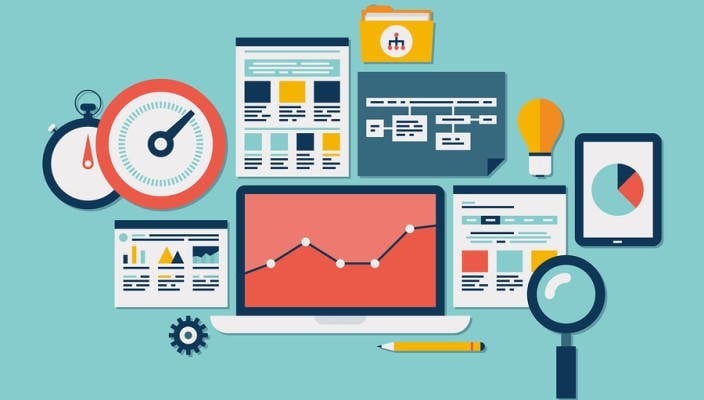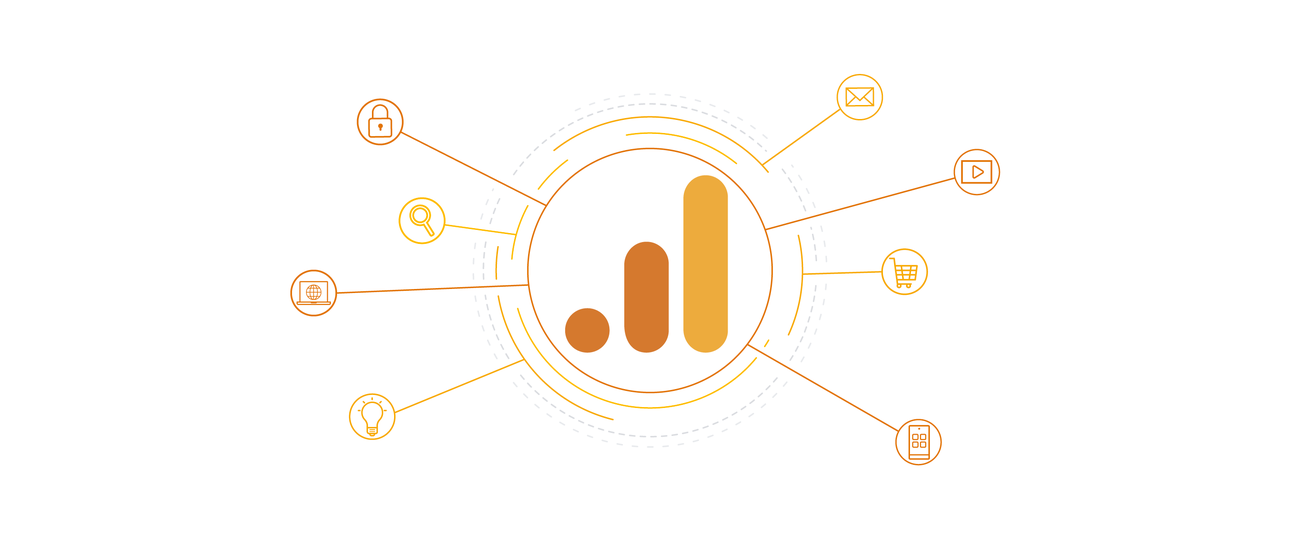Understanding the Art of Utilizing Data With Advanced Google Analytics Strategies
In the world of electronic advertising and marketing, the ability to remove workable insights from information is a skill that can establish professionals apart. Advanced Google Analytics strategies use a gold mine of details waiting to be used, however several struggle to navigate past the essentials. The essential lies in understanding the art of utilizing information with advanced techniques that surpass surface-level evaluation. By diving deep into complex records, custom-made dimensions, progressed segmentation, and cutting-edge visualization devices, marketing experts can unlock a wide range of critical opportunities to maximize projects and drive purposeful outcomes. However what absolutely distinguishes the professionals in this field is their capacity to flawlessly integrate Google Tag Manager right into the mix, enabling improved monitoring abilities that redefine the boundaries of data application in the digital landscape.
Comprehending Facility Google Analytics News

One essential aspect of understanding facility Google Analytics reports is recognizing and evaluating essential efficiency indicators (KPIs) KPIs specify metrics that align with the objectives of a business or website. By concentrating on relevant KPIs, such as conversion rates, bounce prices, and typical session duration, analysts can gain a much deeper understanding of exactly how customers connect with the website and where renovations can be made.
Additionally, delving right into division within Google Analytics reports enables an extra granular evaluation of data. By segmenting information based on different factors such as demographics, web traffic resources, or customer actions, experts can uncover patterns and trends that may not appear when considering the data as a whole. This in-depth evaluation can offer useful insights for maximizing advertising methods, boosting user experience, and eventually achieving service purposes.
Leveraging Customized Dimensions and Metrics
Checking out the usage of custom-made measurements and metrics can significantly improve the depth of analysis in Google Analytics. Custom dimensions permit the production of added data factors to segment and assess information beyond the default dimensions provided by Google Analytics. By defining personalized dimensions, such as customer qualities or session information certain to your web site, you can obtain beneficial understandings right into customer habits and communications.
On the other hand, customized metrics allow the monitoring of one-of-a-kind information points that are not covered by the basic metrics in Google Analytics. This modification encourages you to customize your analytics to match your organization goals a lot more successfully. By incorporating personalized metrics like scroll depth, video clip interaction, or specific event interactions, you can assess and gauge efficiency metrics that are vital to your site's success.
Implementing Advanced Information Segmentation Strategies
Using advanced information segmentation strategies enhances the precision of analysis in Google Analytics, enabling targeted insights right into user actions and performance metrics. By segmenting information successfully, marketing professionals can pinpoint specific individual groups based upon different requirements such as demographics, habits, or acquisition channels. This segmentation enables a deeper understanding of how different sections connect with a web site or application, causing even more informed decision-making procedures.
Advanced data segmentation strategies in Google Analytics surpass standard division by incorporating personalized measurements, metrics, and progressed filtering options. Marketing experts can create sections based on a combination of specifications, enabling highly certain and customized evaluation. As an example, segmenting users who have purchased and went to a specific page can offer insights into the efficiency of advertising and marketing projects in driving conversions.
In addition, advanced sections can be related to various records within Google Analytics, supplying a comprehensive view of fractional information across numerous dimensions (when does the tracking code send an event hit to google analytics?). This all natural method to data segmentation equips marketing professionals to discover concealed patterns, identify possibilities for optimization, and inevitably enhance the overall efficiency of their digital homes
Making Use Of Data Visualization Tools Efficiently
Effective application of information visualization tools is crucial for changing intricate information sets into actionable insights for informed decision-making in digital analytics. Data visualization devices, such as Google Data Studio, Tableau, or Power BI, play a critical role in simplifying the analysis of substantial quantities of information. By visually standing for data via charts, graphs, and interactive control panels, these tools make it possible for analysts to recognize patterns, trends, and relationships that could not appear in raw data.

Mastering Google Tag Supervisor for Boosted Tracking
Maximizing the possibility of Google Tag Supervisor is critical for enhancing tracking capacities and boosting information collection precision in digital analytics (when does the tracking code weblink send an event hit to google analytics?). Google Tag Supervisor (GTM) functions as a powerful tool that streamlines the procedure of taking care of tags, activates, and variables on a web site without calling for manual code changes. By understanding GTM, electronic marketers can successfully carry out and upgrade various monitoring codes, such as Google Analytics, Facebook Pixel, or custom-made event monitoring, to gather useful information on user actions and interactions
One trick benefit of GTM is its capacity to streamline monitoring configurations in one location, offering a streamlined technique to managing multiple tags concurrently. Through GTM's straightforward user interface, experts can establish triggers to track particular individual actions, like kind entries or button clicks, and define variables to capture pertinent data factors, such as customer IDs or web website link page URLs. In addition, GTM gives version control includes that enable marketing professionals to track modifications, revert to previous configurations if needed, and ensure exact information monitoring gradually. By mastering Google Tag Manager, services can boost their monitoring capabilities, improve information precision, and ultimately make even more enlightened choices based on reliable analytics insights.
Final Thought
In verdict, grasping advanced Google Analytics strategies is vital for organizations to successfully use information visit the website for decision-making. Furthermore, mastering Google Tag Supervisor allows for improved monitoring and modification of data collection.
By segmenting information based on various factors such as demographics, website traffic sources, or customer habits, analysts can reveal patterns and trends that might not be apparent when looking at the data as a whole.Efficient application of data visualization tools is vital for changing complicated information establishes into actionable insights for educated decision-making in electronic analytics. Data visualization tools, such as Google Information Studio, Tableau, or Power BI, play a crucial duty in streamlining the interpretation of substantial amounts of information.When making use of information visualization tools, it is important to select the most appropriate visualization type based on the nature of the information and the understandings being sought - when does the tracking code send an event hit to google analytics?. By grasping the art of making use of information visualization tools properly, experts can unlock the complete capacity of their data to drive critical decision-making and accomplish service objectives